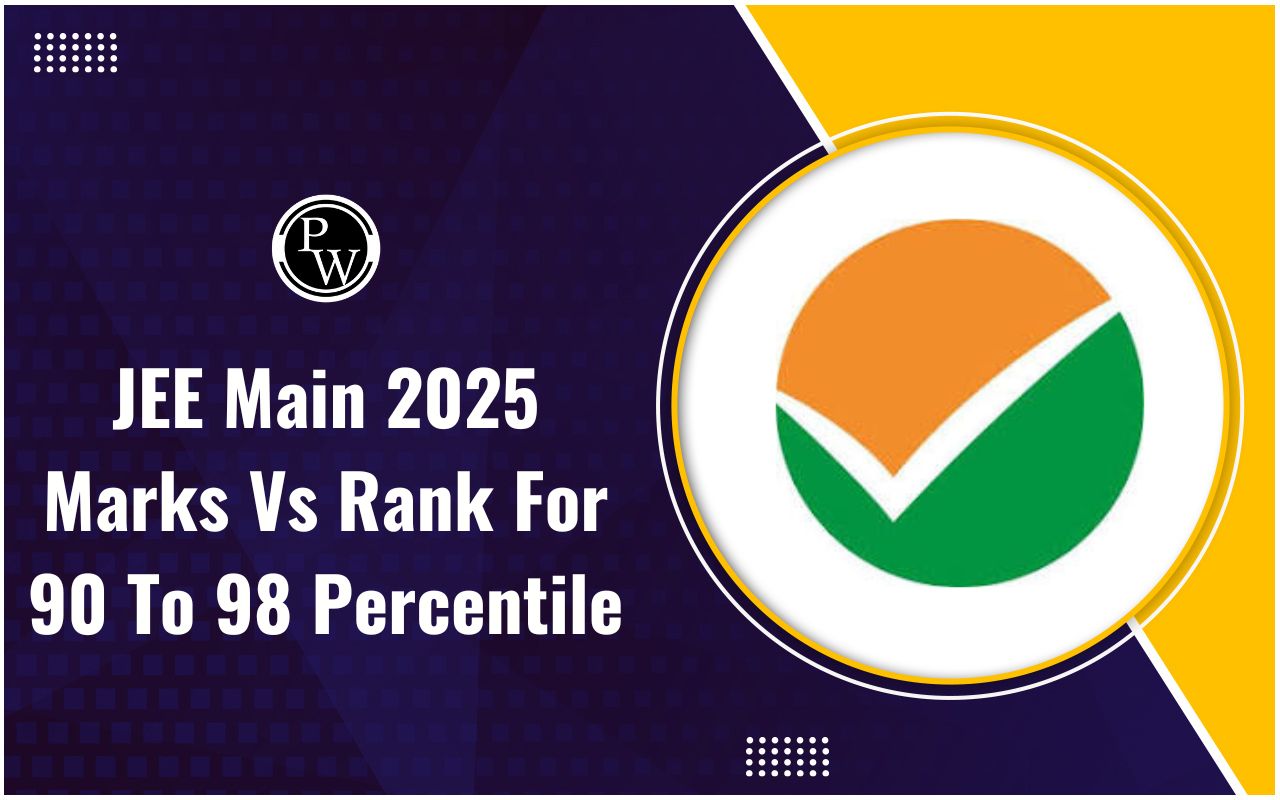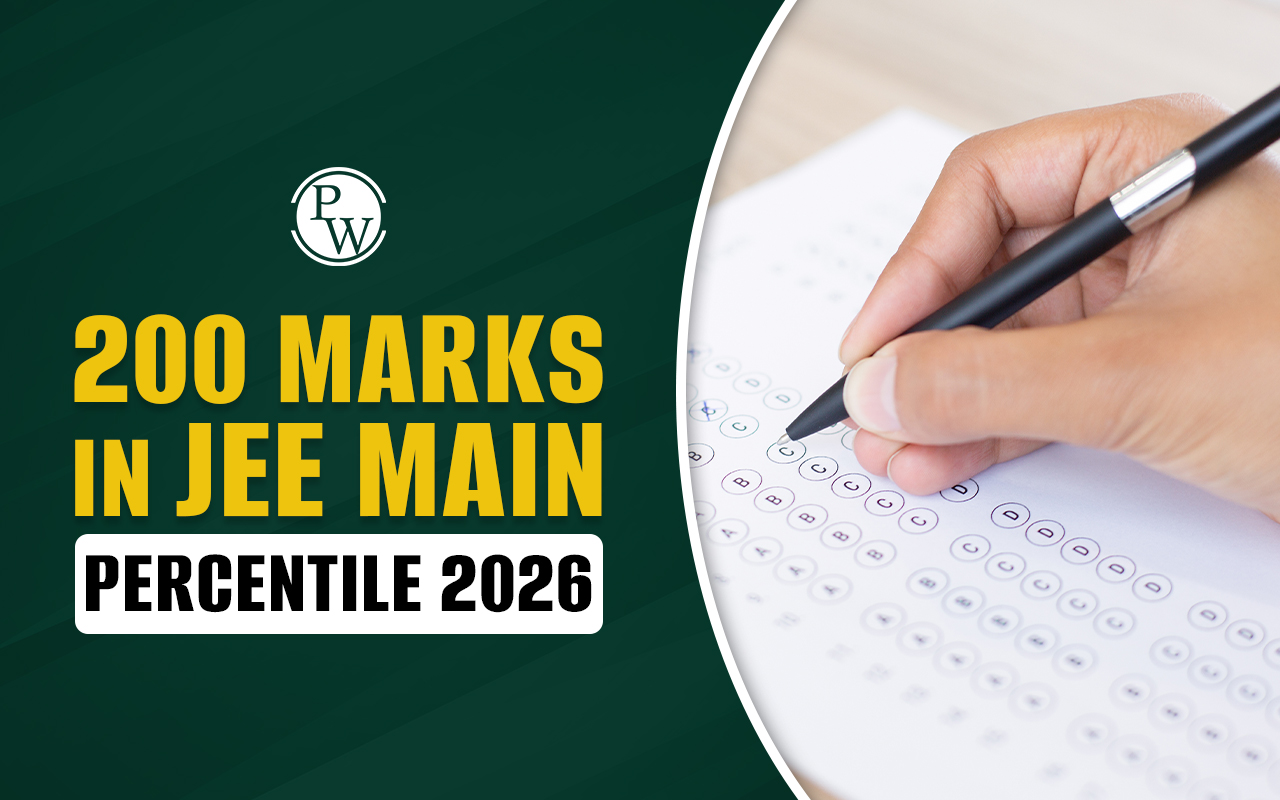
Difference Between Rhombus And Parallelogram : Parallelograms and rhombuses are four-sided polygons with four sides and four angles, also known as quadrilaterals. A parallelogram is a four-sided convex polygon with opposing sides that are parallel and equal, as well as opposing angles that are equal. A rhombus is a special type of parallelogram in which all of the sides are equal in length and opposite sides are parallel.
What Are Quadrilaterals?
Quadrilaterals are four-sided polygons (simple closed figures) that have four sides, four vertices, and four angles. The sum of the interior angles of any quadrilateral is always 360 degrees. There are several types of quadrilaterals, which include parallelograms, trapeziums, rectangles, squares, etc. These are just a few examples, and there are other types of less common quadrilaterals as well. The classification of a quadrilateral depends on its specific properties, such as the lengths of its sides, the measures of its angles, and whether its sides are parallel or not.What is Rhombus?
A rhombus is a polygon with four sides, all equal in length. In other words, a rhombus is a parallelogram whose four sides are equal in length. This means the opposite sides of a rhombus are parallel, and the opposite angles are equal. A rhombus is a special type of quadrilateral with all the sides equal but no fixed angles, even though the opposite angles are equal in a rhombus, as it is a parallelogram.Important Properties of Rhombus
A rhombus is a type of quadrilateral with several distinguishing characteristics. The following are the main characteristics of a rhombus:- A rhombus has four sides that are all the same length. A rhombus is distinguished from a general parallelogram by this feature.
- Opposite angles are equal: The opposite angles of a rhombus are measured in the same way. In other words, if the vertices are labeled A, B, C, and D, then angle A equals angle C and angle B equals angle D.
- Consecutive angles are optional: In a rhombus, the sum of two consecutive angles is always 180 degrees. The fact that opposite angles are equal gives rise to this property.
- Diagonals intersect at a point and bisect each other at right angles (90 degrees): The diagonals of a rhombus intersect at a point and bisect each other at right angles (90 degrees). The diagonals thus divide the rhombus into four congruent right-angled triangles.
- Diagonals are not always equal: While diagonals intersect at right angles, they may not be of equal length unless the rhombus is also a square.
- Diagonals are perpendicular bisectors of each other: The diagonals of a rhombus not only bisect each other at right angles but also act as perpendicular bisectors, dividing each diagonal into two equal parts.
- The opposite sides are parallel: Like all parallelograms, the opposite sides of a rhombus are parallel.
What Are Parallelogram?
A parallelogram is a four-sided polygon whose opposite sides are equal in length. The opposite angles of a parallelogram are also equal. These are the flat, close shapes with straight sides whose opposite sides and angles are equal. Some examples of parallelograms include rectangles, squares, and rhombi. Rectangles have right angles; squares have all equal sides and all angles are 90 degrees; and rhombuses have equal sides but angles that are not necessarily right angles.Important Properties of Parallelogram
A parallelogram is a quadrilateral with several specific properties. Here are the key properties of a parallelogram:- Parallel sides: Each pair of opposite sides in a parallelogram is parallel. This means that if you extend the sides indefinitely, they will never intersect.
- The lengths of opposite sides are equal: The lengths of the two pairs of opposite sides are equal.
- Opposite angles are equal: The angles formed by the intersection of the sides (vertex angles) are equal in measure.
- Consecutive angles are optional: In a parallelogram, the sum of two consecutive angles is always 180 degrees.
- Diagonals bisect each other: A parallelogram's diagonals intersect at a point and bisect each other. This means that the parallelogram is divided into two congruent triangles by each diagonal.
- Complementary angles include: The sum of two opposing angles in a parallelogram is always 180 degrees.
- Consecutive sides are supplementary: the sum of two consecutive angles equals 180 degrees.
- Each diagonal divides the parallelogram into two triangles that are congruent. The diagonals of a parallelogram form two pairs of congruent triangles.
Difference between Rhombus and Parallelogram
Some of the major difference between Rhombus and parallelogram are given in the table below.| Difference between Rhombus and Parallelogram | |
| Rhombus | Parallelogram |
| In a rhombus, all sides are equal in length | In a parallelogram, opposite sides are equal in length |
| Diagonals bisect each other at right angles | Diagonals bisect each other |
| Every rhombus is a parallelogram | Every parallelogram is not a rhombus |
| The perimeter of a rhombus is given by the formula: Perimeter= 4*s, where s is the length of the side of the rhombus | The perimeter of a parallelogram is given by the formula: Perimeter: 2(a+b), where a and b are the side and the base of the parallelogram, respectively |
| The area of the rhombus is given by the formula: Area= (d1*d2)/2, where d1 and d2 denote the length of the two diagonals of the rhombus | The area of the parallelogram is given by the formula: Area= b*h, where b is the base and h is the height of the parallelogram |
Difference between Rhombus and Parallelogram FAQs
Q1. Why is a rhombus not always a parallelogram?
Ans. This is due to the fact that, in addition to parallel sides, the rhombus has all of its sides equal, whereas in a parallelogram, opposite sides are parallel, but adjacent side sizes may differ.
Q2. What is the difference between a parallelogram, a rhombus, and a trapezium?
Ans. Parallelograms have two pairs of parallel sides and opposite angles that are equal. Rhombuses have two pairs of parallel sides and opposite angles that are equal. They also have four sides, all equal in length. Trapezoids have only one parallel pair of sides.
Q3. Is a kite a parallelogram?
Ans. A kite, on the other hand, is not a parallelogram. A parallelogram's opposing sides are parallel. There are no parallel sides on a kite.
🔥 Trending Blogs
Talk to a counsellorHave doubts? Our support team will be happy to assist you!

Check out these Related Articles
Free Learning Resources
PW Books
Notes (Class 10-12)
PW Study Materials
Notes (Class 6-9)
Ncert Solutions
Govt Exams
Class 6th to 12th Online Courses
Govt Job Exams Courses
UPSC Coaching
Defence Exam Coaching
Gate Exam Coaching
Other Exams
Know about Physics Wallah
Physics Wallah is an Indian edtech platform that provides accessible & comprehensive learning experiences to students from Class 6th to postgraduate level. We also provide extensive NCERT solutions, sample paper, NEET, JEE Mains, BITSAT previous year papers & more such resources to students. Physics Wallah also caters to over 3.5 million registered students and over 78 lakh+ Youtube subscribers with 4.8 rating on its app.
We Stand Out because
We provide students with intensive courses with India’s qualified & experienced faculties & mentors. PW strives to make the learning experience comprehensive and accessible for students of all sections of society. We believe in empowering every single student who couldn't dream of a good career in engineering and medical field earlier.
Our Key Focus Areas
Physics Wallah's main focus is to make the learning experience as economical as possible for all students. With our affordable courses like Lakshya, Udaan and Arjuna and many others, we have been able to provide a platform for lakhs of aspirants. From providing Chemistry, Maths, Physics formula to giving e-books of eminent authors like RD Sharma, RS Aggarwal and Lakhmir Singh, PW focuses on every single student's need for preparation.
What Makes Us Different
Physics Wallah strives to develop a comprehensive pedagogical structure for students, where they get a state-of-the-art learning experience with study material and resources. Apart from catering students preparing for JEE Mains and NEET, PW also provides study material for each state board like Uttar Pradesh, Bihar, and others
Copyright © 2025 Physicswallah Limited All rights reserved.
Get App









